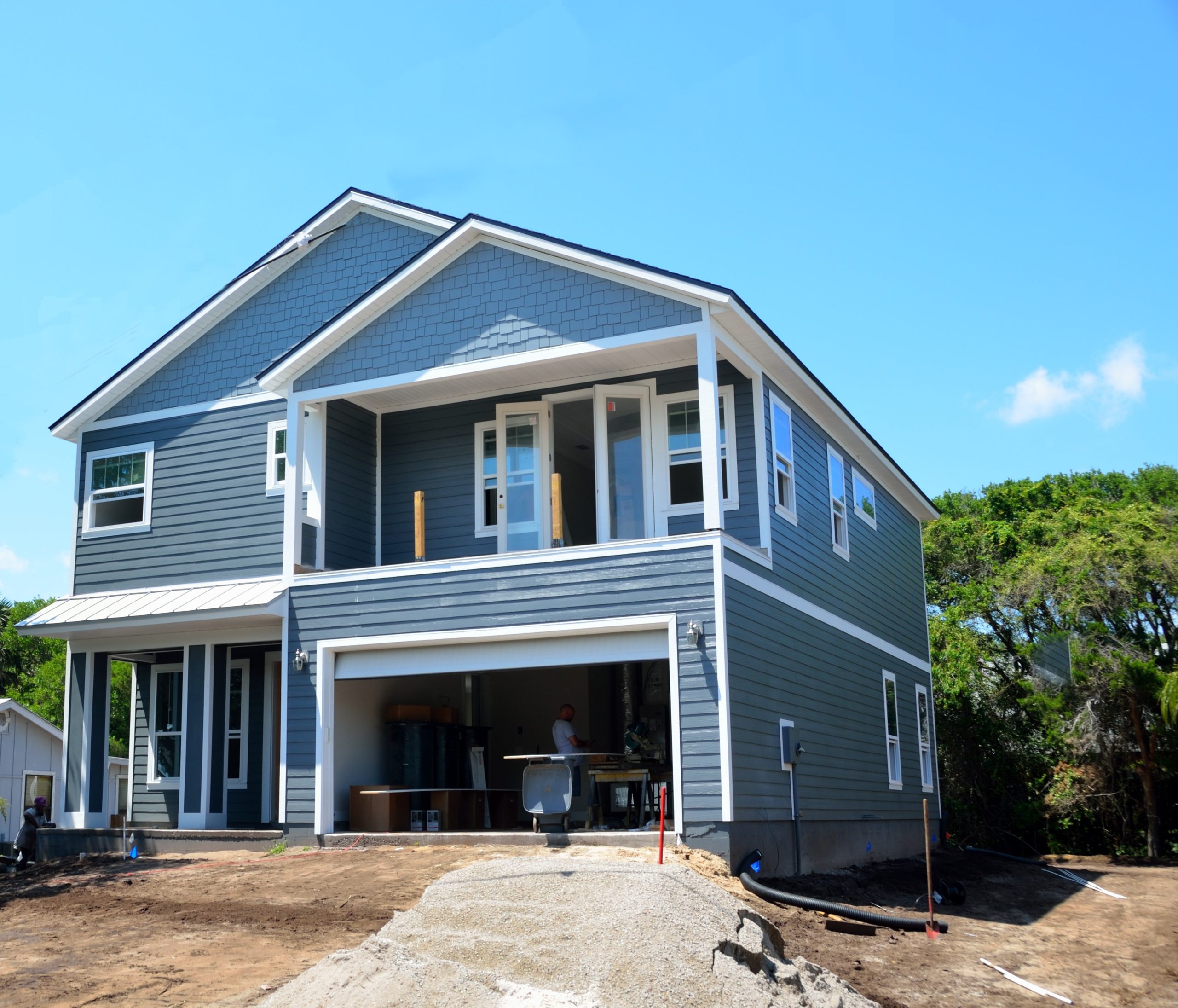A new submission released this week recommends an extension and re-design of the Commonwealth Government’s HomeBuilder initiative to sustain local construction activity and jobs to offset the loss of economic activity within the property industry due to lower levels of immigration and population as a result of COVID-19.
The Urban Development Institute of Australia (UDIA) – the nation’s peak body representing the property development industry – said research showed the loss of immigration and population growth risks stripping $17.9 billion in direct gross value added from the national economy over the next five years.
However, the submission – which draws on research from Urbis – also shows that domestic demand for new housing remains substantial and can play a crucial role in lifting economic activity over the short to medium term until immigration returns to more sustainable levels.
“The property industry can and must play a central role in powering the nation’s economic revival – generating jobs, wages and activity up and down supply chains,” said UDIA National President Simon Basheer.
“The stimulus benefits of extending HomeBuilder are consistent with the Government’s argument that we need to boost spending now to create a robust economy and sustainable pipeline of jobs.
“Housing and construction contribute 750,000 direct and indirect jobs to the nation, so it is well placed to fill the gap caused by border restrictions and slower population growth due to current immigration levels.
“The UDIA and the property industry applaud the Federal Government for HomeBuilder which we know is already working to boost confidence and trigger new dwelling commencements and stimulate employment.
“However, with the prospect of an elongated economic downturn and lower international migration, an extension of the scheme – matched with smart design solutions to maximise its breadth, reach and application – will bolster Australia’s prospects for recovery.
The current activity in the industry is welcomed but lead indicators suggest that there is a real risk of a second cliff occurring in 2021 when the current stimulus of Homebuilder ends.
“With an extension of HomeBuilder and implementing some design amendments to enable a broader range of dwellings typologies to be captured, further activity and economic benefit for the nation can be generated” Mr Basheer said.,
UDIA partnered with Urbis to quantify the effects of a sustained downturn in immigration and population growth, which usually fuel much of the nation’s economic prosperity and demand for new housing construction. The study found:
- Net Overseas Migration (NOM) accounts for 56 percent of Australia’s dwelling demand, with natural domestic population increases accounting for 44 percent
- An average per annum reduction of over 50,000 homes per year will occur in the number of new homes being constructed over the next five years based on current population growth estimates
- $17.9 billion less direct gross value added (GVA) being contributed to the Australian economy between 2020 and 2025 from the loss in construction.
The research did however also find that the residual domestic demand is substantial and could play a crucial role in lifting Australia’s economy especially over the short to medium term. UDIA is now recommending a second tranche of funding to support HomeBuilder as well as design solutions to the Scheme to maximise the benefit.
These recommendations include:
- Allocating an additional $1.25bn funding stream to support the construction of 50,000 new homes with an anticipated economic stimulus of at least $3 billion into the Australian economy
- Adjust the timelines applying to the scheme to provide for greater participation by apartment, townhouse and land development projects that more appropriately mirrors housing demand within Australia by:Extending the timeframes for building contract signing (or split or two-part contracts) or sales contracts (for 1-part contracts) to be entered into from December 31, 2020, by six months to June 30, 2021;Extending the construction timeframes, depending on the nature of the project, with:
– Detached housing to have a new commencement timeframe of December 31, 2021, and
– Semi-detached and attached housing (ie: townhouse and apartments projects) to have a new commencement timeframe of December 31, 2022
Redefining the definition of “commencement” to allow for flexibility which accounts for differences in staging, timing and triggers for detached, semi-detached and attached housing products;
- Amending the definition of house and land price thresholds to remove land costs and in doing so, provide parity between new housing construction and renovation projects;
- Increase the income thresholds of the scheme to capture a wider range of buyers, given the current limits reflect an approach tailored largely to first home buyers;
- Providing for the construction of manufactured homes to be used in land lease community to be captured by the scheme, recognising their current exclusion due to requirements around certificate of title;
- Extend the current grant’s availability in Victoria from December 31 for a further six months and allow for a subsequent extension of the start of the construction phase for a further six months in recognition of the effects of the severe, extended lockdown currently in place; and,
- To ensure that there is no dislocation in the market, any new arrangements to the scheme’s application should be applied immediately from the date of announcement (rather than a latter date, which would risk seeing homebuyers freeze or delays decisions).UDIA National has lodged its submission with the Commonwealth Government.
Download a copy of the submission HomeBuilder Mark 2: UDIA Plan for an Extended Home Builder Scheme

